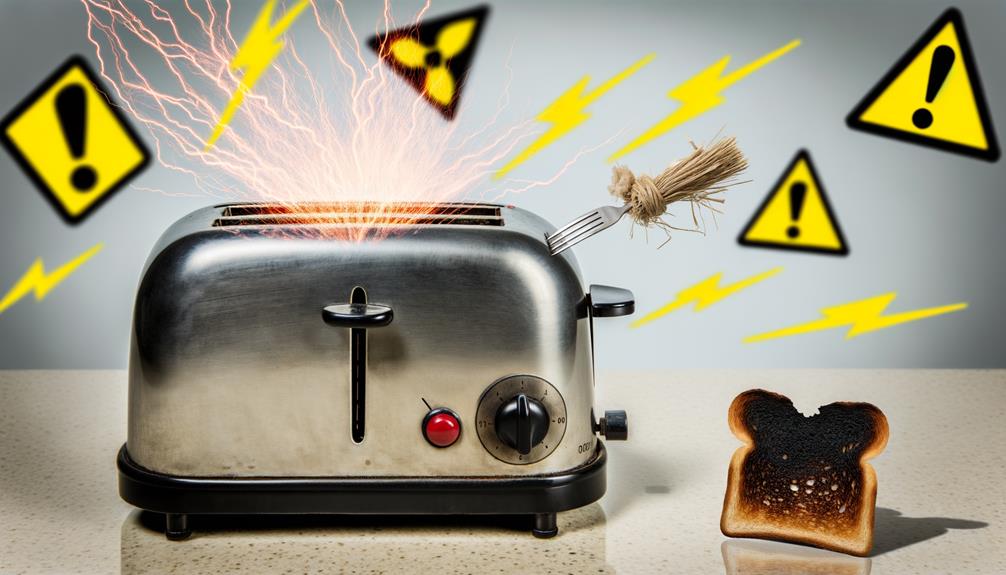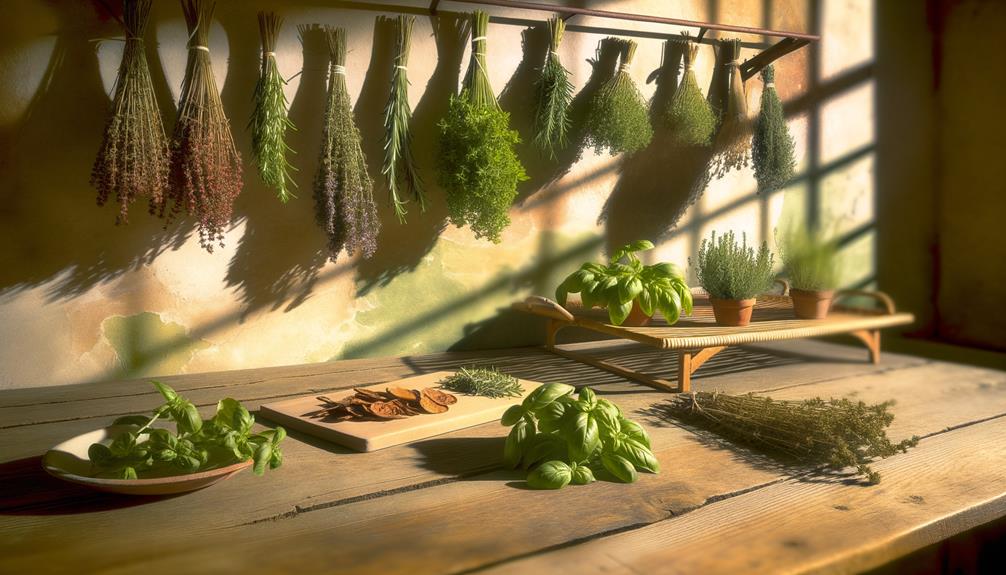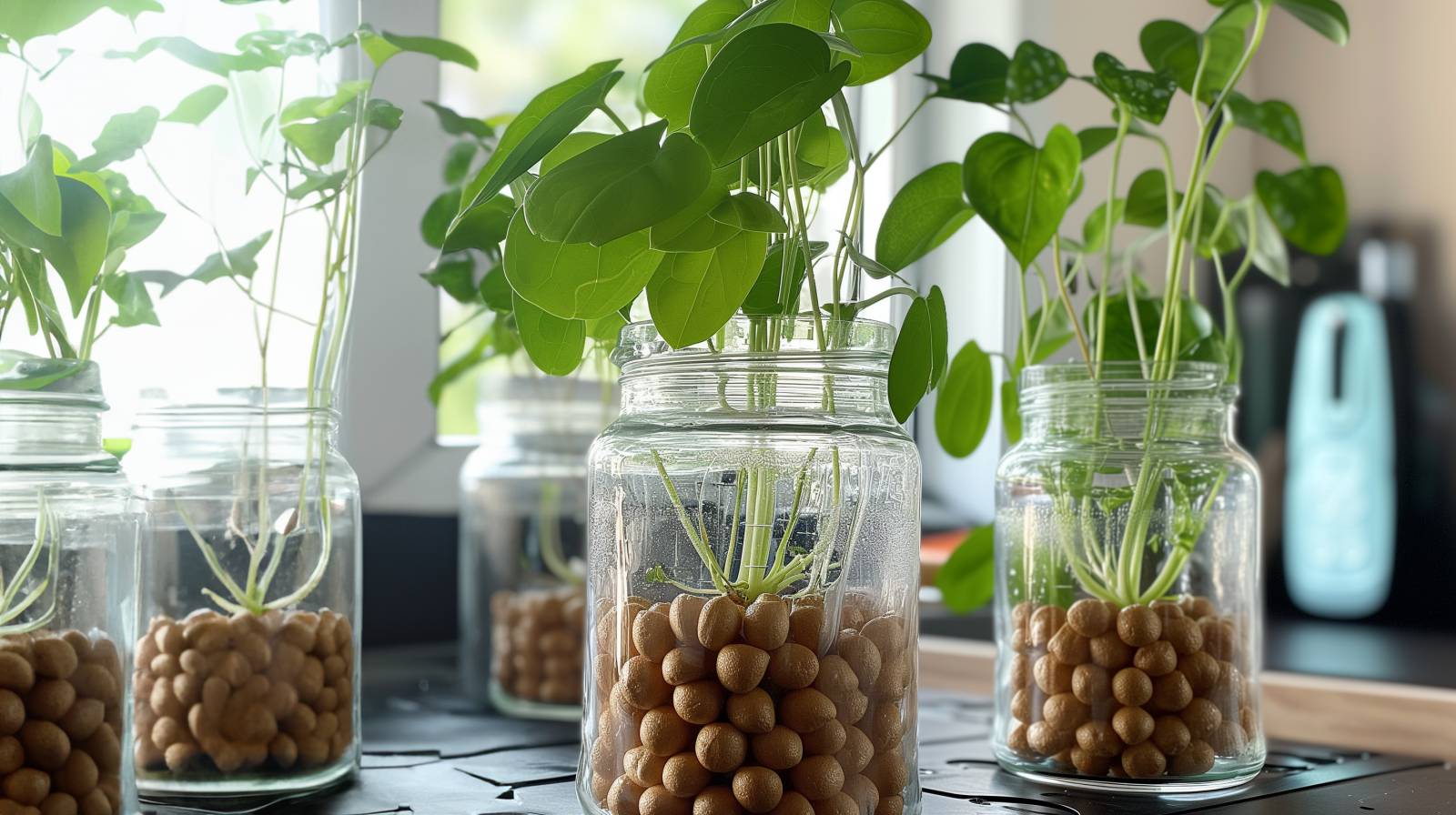As dedicated gardeners, we are perpetually looking for innovative ways to boost our plant growth and enhance their vitality. A technique that has gained traction in recent times is using eggshells in the garden. Eggshells, an organic waste product, are a great source of calcium carbonate, an essential nutrient for plant growth, and they have an array of uses beyond just enriching garden soil. The question, though, is: How often should you add eggshells to your garden? Let’s dive into this topic, understand which plants benefit from eggshells, which don’t, and how to correctly utilize eggshells effectively in the garden.
Table of Contents
ToggleThe Merits of Eggshells in the Garden
Eggshells are not merely leftover food scraps; they can be transformed into a valuable resource for your garden. With eggshells, you are participating in waste recycling. Composting eggshells, as well as other kitchen waste, in your compost pile or compost bin, can save an average household about 227 kilograms (500 pounds) of waste each year. Plus, by adding eggshells to your compost heap, you reduce your reliance on synthetic fertilizers, contributing to a healthier environment.
Moreover, ground eggshells can help decrease soil acidity, making it ideal for plants preferring alkaline soil conditions. When finely crushed eggshells are added to the garden, they slowly break down and integrate into the soil, releasing calcium over time. This moderates soil acidity, improving plant life and making your garden flourish.
Which Plants Like Eggshells?
Eggshells, or more precisely crushed eggshells, can be an excellent addition to your garden as they supply a robust dose of calcium carbonate. This essential nutrient enhances soil quality and promotes plant growth. Some plants, particularly tomatoes, peppers, and eggplants, favor the addition of eggshell powder or crushed egg shells. These plants have a higher demand for calcium to stimulate robust fruit growth and prevent blossom end rot, a condition that occurs due to a calcium deficiency in the soil.
Crushed shells can also serve as an excellent calcium supplement for indoor plants and potted plants. These plants often lack enough calcium due to limited soil and can greatly benefit from the addition of eggshell powder.
How Often Should You Add Eggshells to Your Garden?
The frequency of adding eggshells to your garden depends on the plant’s needs and the condition of your soil. For general maintenance, adding finely ground eggshells or eggshell powder once or twice a year should suffice. But if you are dealing with calcium deficiency issues like blossom end rot in tomato plants, you might need to add powdered eggshells more often.
Preparing Eggshells for Your Garden
Before you add egg shells to your garden, ensure that you have properly prepared them. Start by rinsing and drying eggshells after use. The easiest way to dry eggshells is to leave them in an open container in a dry location for a couple of days. Once dried, the eggshells can be ground using a coffee grinder or a rolling pin to make a fine powder that breaks down faster when added to the soil.
Which Plants Don’t Like Eggshells?
Although many gardeners tout the benefits of eggshells in the garden, not all plants benefit from their addition. Acid-loving plants like blueberries or azaleas prefer a more acidic soil and may not benefit from ground shells or eggshell powder. Despite their need for calcium to prevent blossom end rot, adding too many eggshells may interfere with nutrient absorption and root growth in certain plants, such as tomatoes.
The Versatility of Eggshells
Eggshells can also serve other purposes in your garden. When finely crushed, they can act as a pest deterrent. The sharp edges of crushed egg shells can deter slugs, snails, and other soft-bodied pests. Crushed eggshells mixed with coffee grounds and sprinkled around seed starting containers can keep these pests away.
Moreover, eggshell powder can be mixed with bird food and placed in a bird feeder. Eggshells are a great source of dietary calcium for birds, especially during the egg laying season.
Another way to utilize eggshells is by creating an eggshell fertilizer. Fill an egg carton or any container with crushed shells, add boiling water and apple cider vinegar, and let it sit for a couple of days. The resulting solution, when strained, can be used to supply extra calcium to your plants.
Can You Put Too Many Eggshells In The Soil?
Yes, you can put too many eggshells in your soil. While eggshells are a natural source of calcium and other minerals important for plant growth, when used in excess, they can actually do more harm than good.
A general guideline would be no more than one cup of crushed shells per 10 square feet of garden space. This amount provides enough minerals for healthy plant growth without causing any harm.
When you add too many crushed eggshells, the shells will break down slowly over time and create small holes in the soil. These holes will prevent water from reaching the plant’s roots and cause root growth to stagnate.
As a result, your plants may become stunted or fail to thrive. If you’re using eggshells as a remedy for acidic soil or to prevent blossom end rot on tomato plants, it’s important to remember that pulverized egg shells alone won’t do the trick.
Instead of throwing all your leftover eggshells into the compost pile or garden bed, consider crushing them up into an egg shell powder and storing it separately for later use. Store your finely ground egg shells alongside some old coffee grounds so that they’re easy to whip out when it’s time to feed your garden.
While leftover eggshells are an excellent addition to your garden soil when used wisely, overdoing it can cause more problems than benefits. Be sure not to add too many shells in the garden bed or compost bin and remember that they’re just one small part of promoting healthy plant growth!









